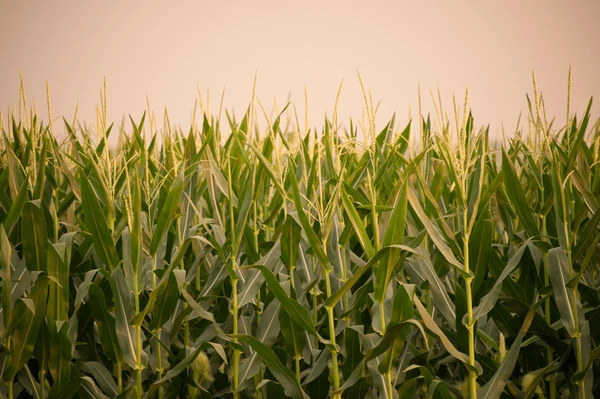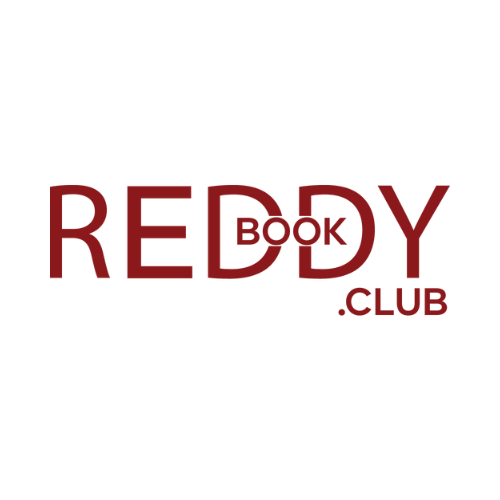Discovering the Hidden Treasures of Okara: A Guide to Culture, Innovation, and Sustainable Growth

Introduction
Okara, a city nestled in the heart of Punjab, Pakistan, is often overlooked in comparison to larger metropolitan areas. However, its rich agricultural heritage, evolving educational institutions, and vibrant community life offer a tapestry of stories, opportunities, and inspirations. This article uncovers the essence of Okara—its history, culture, economy, and future trajectory—offering readers a comprehensive view that encourages further exploration.
1. Historical Roots and Cultural Identity
Okara's history stretches back through centuries of shifting empires and communities. Historically, it has been shaped by agrarian traditions, Mughal and Sikh influences, and the ebbs and flows of colonial administration. These successive layers of history forged an environment where tradition and resilience thrive.
The city’s cultural identity is deeply rooted in Punjabi customs—colorful festivals, folk music, vibrant crafts, and communal warmth. Seasonal festivals such as Baisakhi and Basant bring together families and communities in joyful celebrations, reflecting agricultural cycles and the shared legacy of rural life.
2. Agricultural Backbone and Economic Evolution
At its core, Okara’s economy remains anchored in agriculture. Especially celebrated is the region’s fertile land, which produces wheat, sugarcane, vegetables, and dairy products. Okara is particularly renowned for its fine variety of milk, contributing significantly to local and regional dairies. In recent decades, the city has witnessed the modernization of farming practices—drip irrigation, greenhouse cultivation, and cooperative farming have gradually enhanced yield and efficiency.
Beyond traditional farming, there is a growing shift toward diversified economies. Small-scale industries—such as food processing units, leather goods, and textile products—have emerged, complemented by entrepreneurial ventures and cottage industries. These enterprises not only foster local employment but also preserve artisanal traditions.
3. Education, Innovation, and Youth Empowerment
Education plays a pivotal role in shaping Okara’s future. The city is home to a growing number of schools, colleges, and vocational institutes that prepare students for the competitive world ahead. In recent years, higher education has gained momentum through the establishment of specialized departments and new campuses of esteemed universities, bringing quality instruction closer to home.
Alongside academic growth, Okara’s youth are becoming increasingly entrepreneurial. Young individuals are launching startups in digital services, e-commerce, agriculture technology, and creative arts. Innovations such as mobile apps for local marketplaces and digitally-enabled dairy cooperatives reflect both the digital zeitgeist and a commitment to preserving the local economy’s integrity.
4. Community Life, Culture, and Civic Engagement
Community bonds in Okara are deeply interwoven with its cultural rhythms and civic spirit. Quaint bazaars buzz with life, interspersed with open courtyards and chai stalls where residents exchange stories and bonds are formed.
Civic engagement is gaining momentum through local NGOs, youth groups, and social initiatives addressing education, environmental conservation, and women’s empowerment. Cultural programs held at community centers and public venues often weave together performances, storytelling, and local cuisine, reinforcing cultural pride and collective identity.
5. Infrastructure, Sustainable Growth, and Aspirations
Infrastructure in Okara has seen commendable improvement. Roads connecting neighboring towns, enhanced public transport, and the expansion of healthcare facilities underscore the city’s development trajectory. New overpasses, improved water supply systems, and updated electricity grids contribute to everyday quality of life.
However, sustainable growth remains a challenge and opportunity. Environmental sustainability, waste management, and conservation efforts are gaining recognition. Community-driven tree-planting campaigns, water-harvesting schemes, and school-based awareness programs are laying groundwork for more sustainable urban living.
In the mid-section of this narrative, one finds the concept of senegevil SC Okara—a term that resonates with innovative spirit and grassroots transformation. Though not a traditional institution, this phrase embodies Okara’s future-forward vision: a blend of collaborative learning, civic service, and cultural stewardship that serves as an exemplar for localized empowerment.
6. Okara in the Regional Context: Connectivity and Collaboration
Okara’s location positions it strategically between major urban centers like Lahore and Multan. While railway and road networks have improved connectivity, local transportation enhancement remains essential to catalyze commerce and mobility.
Economic collaboration with neighboring districts has strengthened interdependence—farmers market produce in regional marketplaces, entrepreneurs connect with broader supply chains, and cultural exchanges across cities foster shared identity. Festivals, trade exhibitions, and inter-college debates offer platforms for regional visibility and mutual enrichment.
7. Tourism Potential: Embracing Heritage and Rural Charm
While Okara may not be a traditional tourist hotspot, its historical, rural, and cultural fabric holds untapped potential. Agricultural tourism—visits to model farms, techniques demonstrations, and local food experiences—could attract curious visitors. Heritage cadres, such as old havelis (traditional mansions), historic mosques, and serene courtyards, invite architectural enthusiasts and cultural tourists alike.
Moreover, seasonal festivals showcasing pottery, folk dance, and culinary specialties present opportunities for community-based tourism. Carefully curated day-trip experiences from nearby cities could offer visitors an authentic glimpse into rural Punjabi life.
8. Challenges Ahead and Pathways Forward
No developmental narrative is complete without acknowledging challenges. Economic diversification, youth unemployment, environmental stress, and infrastructure gaps are pressing concerns. The agricultural sector, while strong, remains vulnerable to climate shifts and market fluctuations. Healthcare access and modern amenities—particularly in rural fringes—require ongoing attention.
Yet, Okara’s strengths are palpable: strong family and community networks, entrepreneurial energy, agricultural abundance, and a growing spirit of innovation. By aligning educational institutions with vocational needs, enhancing digital infrastructure, and nurturing sustainable practices, Okara is well-poised for inclusive growth.
9. Vision 2035: Toward a Balanced, Resilient Future
Imagining Okara in 2035 involves a city where modernity embraces tradition, and progress respects heritage. Smart farming technologies could coexist with age-old practices, schools could double as community innovation hubs, and local markets could operate both physically and online.
Public–private partnerships might support green energy installations, waste reduction programs, and community sports facilities. The city’s youth could participate in civic incubators that nurture local startups in education, health, agri-tech, and cultural tourism. Local festivals could draw regional tourists, and heritage sites could be preserved through collaborative conservations.
Conclusion
Okara’s story is one of quiet strength and incremental transformation. Its foundations lie in rich culture and agricultural heritage, while its progress is evident in educational growth, community activism, and entrepreneurial innovation. Challenges remain—but in the spirit encapsulated by “senegevil SC Okara”, there is energy toward community-driven change and a vision for a sustainable, prosperous future.
By embracing its identity and mobilizing its youth, Okara can illuminate a model of balanced progress: where rural values and modern innovation coalesce to create a city that thrives both socially and economically. This evolving tapestry holds lessons not only for regional peers but for any community striving for empowered, inclusive development.






